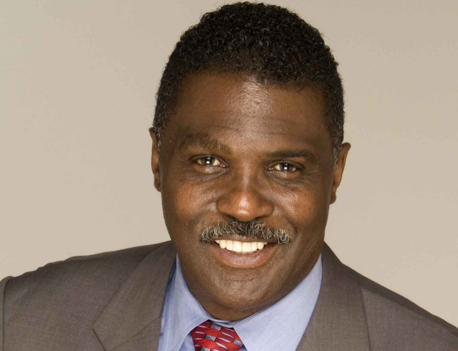By Glenn Ellis
“We hold these truths to be self-evident, that all men are created equal, that they are endowed by their Creator with certain unalienable Rights, that among these are Life, Liberty and the pursuit of Happiness.”
These words in the Declaration of Independence define the “rights” of American citizens. They do not include health care. Yet for over 100 years, some Americans have believed that health care is not only a right, but that the government should provide it and taxpayers should pay for it.
If medical treatment is a right, than what exactly does that mean? Does it mean that your neighbors, through the government, are obligated to provide all health care for you? Does it mean that anyone can demand the government to pay for hospitalization, for prescription drugs, and for specialty treatments such as organ transplants? Does it mean that every American has a right to the skill and knowledge of all physicians and providers?
These questions lead to other questions. How does society pay for health care for all? Who gets to decide who should receive health care and how much? Who gets to decide what the health care budget should be? Who should have the power to make health care decisions for us?
The Affordable Care Act (Obamacare) certainly has brought us closer to universal coverage, a system where the government typically pays for basic health care services for everyone. However, the fact that a true national health insurance system didn’t even warrant discussion by the major party candidates is surprising – or at least should be. The United States remains one of the only advanced industrialized democracies in the world without universal coverage.
Currently, the U.S. spends two to three times as much per capita on health care as most industrialized countries.
Why does the U.S., the only industrialized nation without universal health coverage, also have not only the highest health-care spending in the world — both in absolute terms and as a share of GDP — but also one of the highest levels of government spending on health care per person? And how did it come to be this way?
Though until World War I there had been some attempts by socially liberal governments to follow the examples of Germany and others, they were met with opposition from doctors, insurance companies, businesses, and even some conservative labor organizations, which considered state-sponsored health care paternalistic and unnecessary. Labor unions also worried that it would weaken their own bargaining power.
But the root of the current system can be found in World War II. In 1943 president Franklin D. Roosevelt imposed an effective freeze on labor wages, and companies started offering health and pension benefits as a way to retain workers instead. This was the beginning of employer-sponsored healthcare, though there was no government mandate to offer it.
Unions began negotiating the benefits as part of what they could obtain for workers. The rest of the population wasn’t covered, but it meant the unions didn’t put pressure on the government to create a public health system.
In the 1910s, right-wing politicians, medical professionals, and representatives of the medical industry opposed attempts to broaden national health coverage on the grounds that it was a Soviet-inspired concept—an objection that gained force after the Russian revolution.
The result is that American doctors and the medical industry benefit from a system that pays them significantly more than doctors elsewhere.
Inequality and segregation have also played a role. The battle for black civil rights and access to health care have historically been close; the introduction in 1965 of Medicare and Medicaid (government insurance for the poor and the elderly, respectively) struck a powerful blow against segregation, since it channeled federal funds to hospitals and thus, under the Civil Rights Act passed a year earlier, banned them from discriminating on the grounds of race.
However, African Americans are still the most likely to be uninsured. According to the Kaiser Family Foundation, as of 2015, 12 percent of the black population and 17 percent of Hispanics were uninsured, compared to 8 percent of whites.
Nearly every time this country has expanded its social safety net or tried to guarantee civil rights, passionate opposition has followed.
Even after the Affordable Care Act is more than a decade old, there are still tens of millions of people who don’t have health insurance. Undocumented immigrants are left out of the health insurance exchanges and Medicaid. Some Americans can’t afford insurance even when it’s subsidized. Others will simply go without, remaining uninsured.
Health care is a service for Americans and it is something that most Americans need. In 21st-century America, health care is not a privilege or a benefit or an entitlement; it is a human right.
Remember, I’m not a doctor. I just sound like one.
Take good care of yourself and live the best life possible!
The information included in this column is for educational purposes only. It is not intended nor implied to be a substitute for professional medical advice. The reader should always consult his or her healthcare provider to determine the appropriateness of the information for their own situation or if they have any questions regarding a medical condition or treatment plan.
Glenn Ellis, is a Health Advocacy Communications Specialist. He is the author of Which Doctor?, and Information is the Best Medicine. For more good health information, visit: www.glennellis.com





